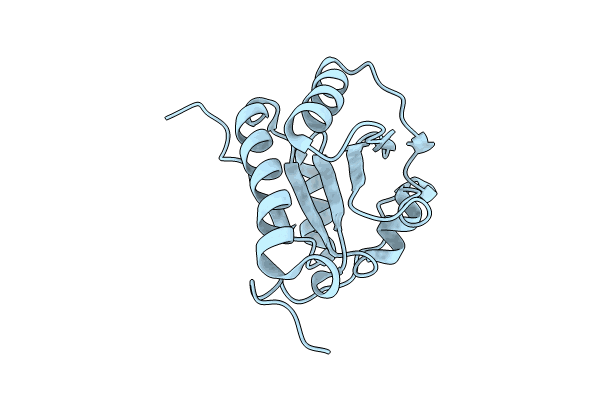
Deposition Date
2023-03-03
Release Date
2024-03-13
Last Version Date
2025-09-24
Entry Detail
PDB ID:
8CPQ
Keywords:
Title:
Crystal structure of human protein disulfide isomerase PDIA6 domain b
Biological Source:
Source Organism:
Homo sapiens (Taxon ID: 9606)
Host Organism:
Method Details:
Experimental Method:
Resolution:
1.80 Å
R-Value Free:
0.21
R-Value Work:
0.17
R-Value Observed:
0.17
Space Group:
C 2 2 21


